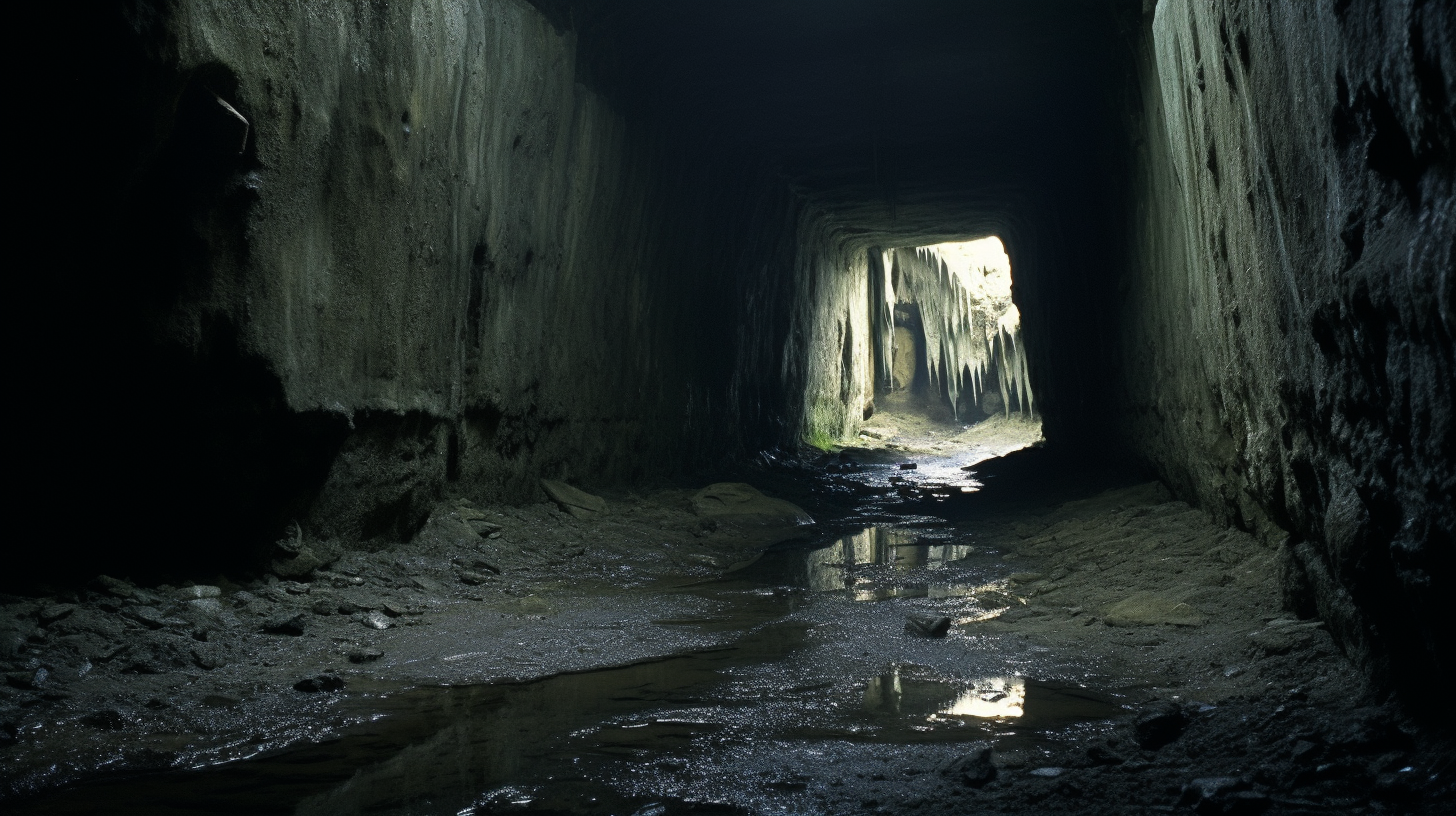Introduction
As the sun scorches the land above, a new chapter unfolds beneath our feet, in cavernous sanctuaries promising solace from the relentless assaults of climate calamity. Born of desperation, a tale emerges of humanity’s flight to the underground—a potential refuge or a foreboding tomb?
Mankind’s Last Bastion
The concept is as enthralling as it is terrifying—entire communities, retreating into the bowels of Earth, carving out a niche in the dark, damp alcoves once devoid of human life. There, shielded from the volatile whims of a brooding atmosphere, lies a network of subterranean havens, dubbed by some as ‘Caverns of Hope’. But one must ponder—do these refuges herald a safe haven, or do they mark the last gasping breaths of our species?
The Underground Labyrinth
Beneath the decaying carcass of what was once a verdant planet, survivors whisper of a life less charred by the sun’s fury. Here, in the subterranean labyrinth, humans battle not the elements, but the psychological enormity of living entombed within stone walls. Atmospheric processors whir in the silence, replacing the insect songs that once signified Earth’s vitality. Artificial light mimics the day, and hydroponics labor to bear fruit in place of pollinator-depleted fields.
Clashing with Claustrophobia
Yet, in this cramped desperation, the human spirit wrestles with claustrophobia and the profound melancholy of a world left behind. Children who never witnessed the open sky carve out imaginations in the rock, crafting fairy tales amid stalactites and stalagmites. Their elders, meanwhile, swap stories of green meadows and azure skies, enshrined in a past now beyond reach.
A Toxic Legacy
Overhead, the monolithic trash mounds left by generations past mock these burgeoning enclaves with a grim reminder—a toxic legacy shackling the future of those dwelling beneath it. The pervading stench and leaching chemicals seep through the soil, contaminating water sources even as Earth’s crust cloaks the afflicted.
Stifling Innovation
Innovation smolders in the oppressive darkness as resource scarcity stultifies progress. Astute minds, once destined to pioneer solutions, now toil to maintain crumbling life support systems, their brilliance relegated to a mere footnote in the annals of survival.
Conclusion
In the end, these Caverns of Hope stand as a testament to human tenacity, yet reeking of despair. Are they beacons of adaptability, or tombs, sealing the fate of a species too stubborn to heed nature’s devastating warnings? A choice looms before us: the comfort of denial and descent into the abyss, or the ache of reality, and with it, a chance to nurture the flicker of life that may still exist above.
